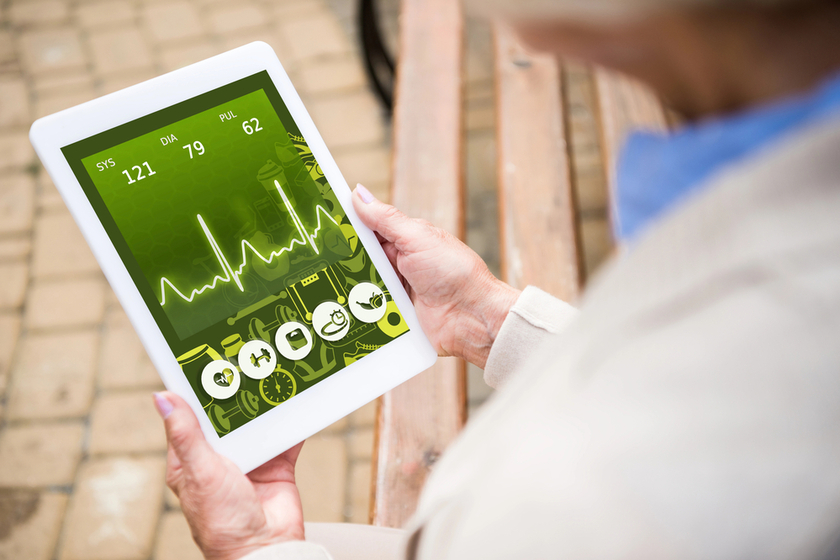The importance of monitoring vital signs like pulse rate becomes increasingly crucial due to the potential health implications they may hold. A normal pulse rate for seniors can be an indicator of good cardiovascular health and overall well-being. Generally, a resting pulse rate for healthy seniors ranges from 60 to 100 beats per minute, though this can vary based on several factors.
The Significance of Pulse Rate in Elderly Health
Pulse rate, or heart rate, is the number of times the heart beats per minute. It is a critical measure that provides insights into an individual’s cardiac function and general health. For seniors, keeping an eye on the pulse rate is essential because it can help detect early signs of health issues such as heart disease, dehydration, or electrolyte imbalances.
Factors Contributing to Pulse Rate in the Elderly
Several factors can affect the pulse rate in seniors, making it either higher or lower than the average. These include:
- Physical activity: Regular exercise can lead to a lower resting heart rate because the heart muscle becomes more efficient.
- Medications: Many seniors take medications that can affect heart rate, such as beta-blockers, which typically lower the rate.
- Emotional states: Stress, anxiety, and excitement can cause the heart rate to spike temporarily.
- Overall health: Conditions like hyperthyroidism or anemia can lead to a higher resting heart rate, whereas hypothyroidism might lower it.
Understanding these factors is crucial for interpreting whether a senior’s pulse rate is within a normal range or if it indicates a potential health concern.
How to Monitor and What to Look for
Monitoring the pulse rate can be done manually or with the aid of electronic devices such as smartwatches and heart rate monitors. To check the pulse manually:
- Place the index and middle fingers on the wrist or neck.
- Count the number of beats in 30 seconds and double it to get the beats per minute.
When monitoring, it’s important to consider the context. A pulse rate at the higher end of the normal spectrum might be perfectly normal for a senior who has just been active. However, if the elevated rate is accompanied by symptoms like shortness of breath, dizziness, or chest pain, it may be necessary to seek medical advice.
When to Consult a Healthcare Professional
While a slight fluctuation in heart rate is generally not a cause for alarm, significant deviations from the normal pulse rate for seniors should be discussed with a healthcare provider. This is especially true if changes in pulse rate are accompanied by other symptoms or if there are any sudden and unexplained increases or decreases in the rate.
Medical professionals can offer guidance and conduct further testing if needed to ensure that the heart rate pattern is not indicative of underlying health issues.
Importance of Awareness and Regular Check-Ups
Maintaining awareness of what constitutes a normal pulse rate for seniors and regularly monitoring it can play a significant role in managing and optimizing elderly health. Regular check-ups with a healthcare provider are also advisable, as they can help track changes over time and provide personalized advice based on individual health conditions.
By understanding and keeping an eye on their pulse rate, seniors and their caregivers can be reassured and encouraged by the knowledge that they are taking active steps toward maintaining good health and preventing potential health issues before they become severe.
At our Retirement Community, we prioritize the health and well-being of our residents by monitoring vital health indicators like pulse rate as part of our comprehensive wellness programs. Our skilled team uses these measures to maintain a proactive approach to health care, ensuring that any potential issues are addressed promptly. We provide personalized attention and care, helping each resident to stay as healthy and active as possible.
If you’re looking for a community that actively supports the health and well-being of its residents, feel free to contact us today. We’re committed to providing a safe and nurturing environment where every resident can thrive.







